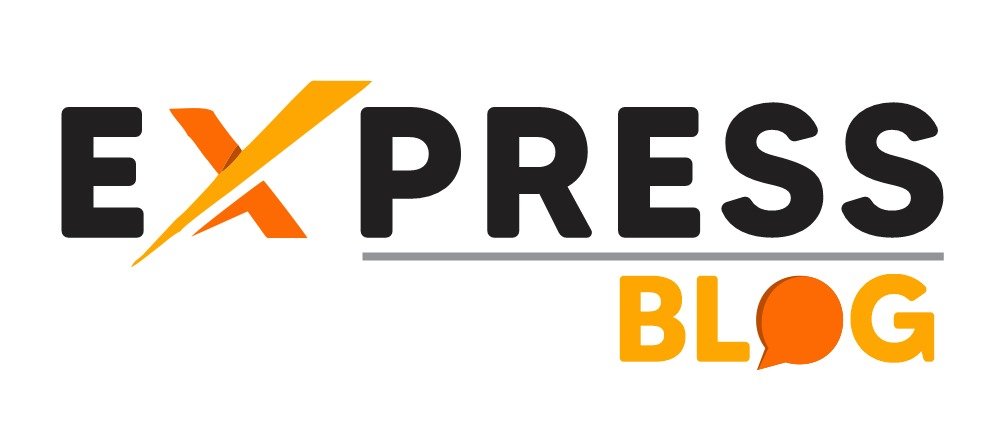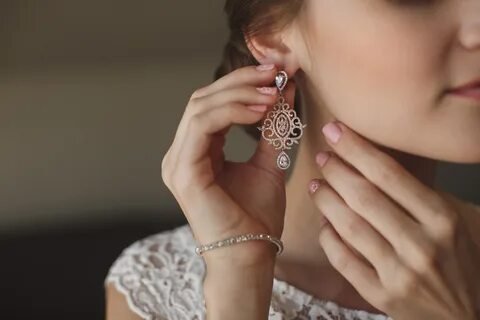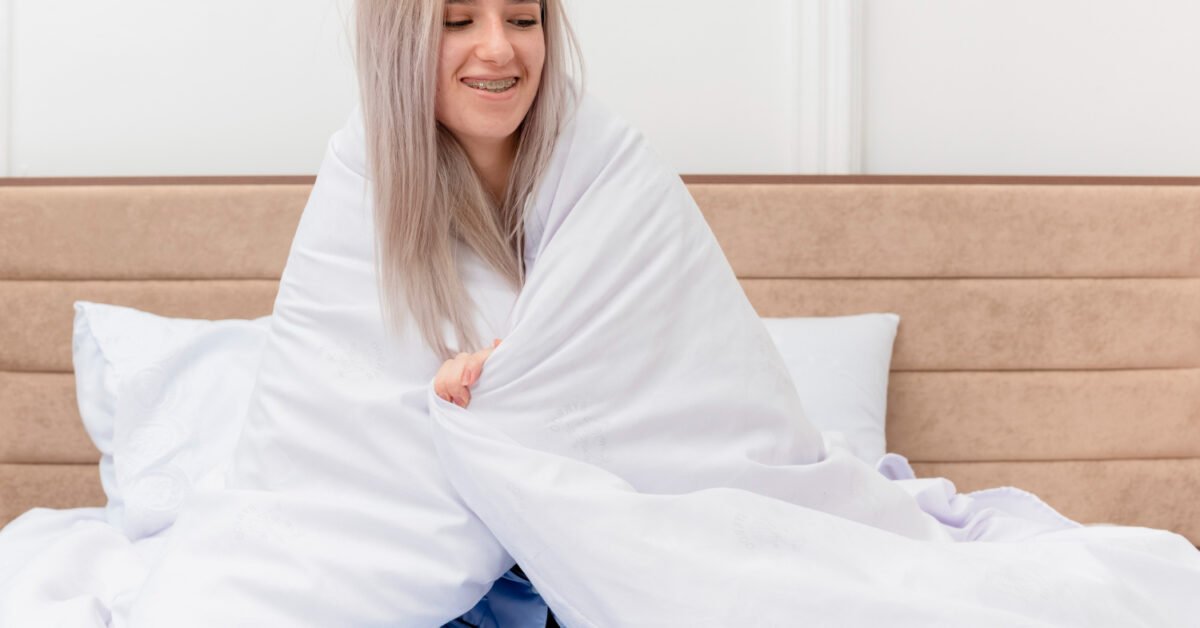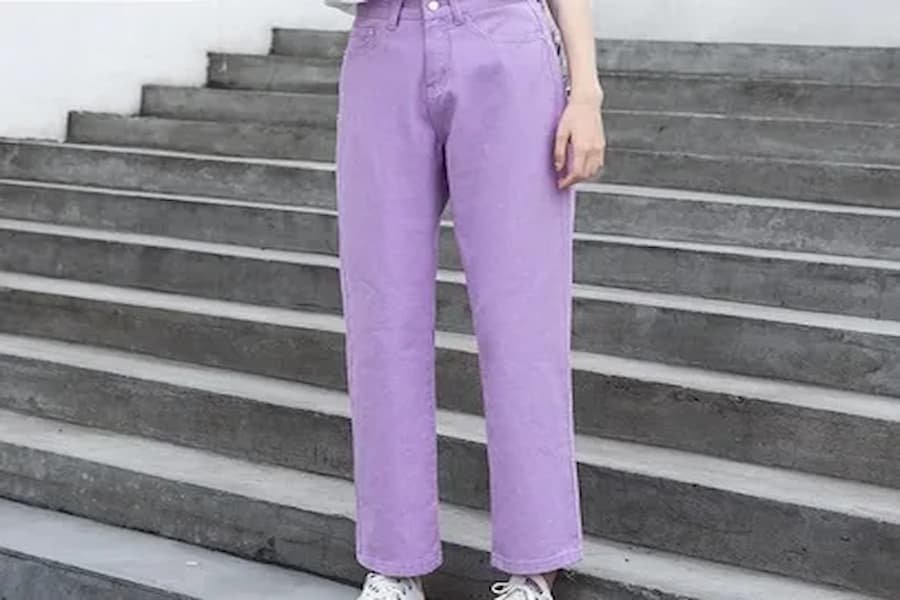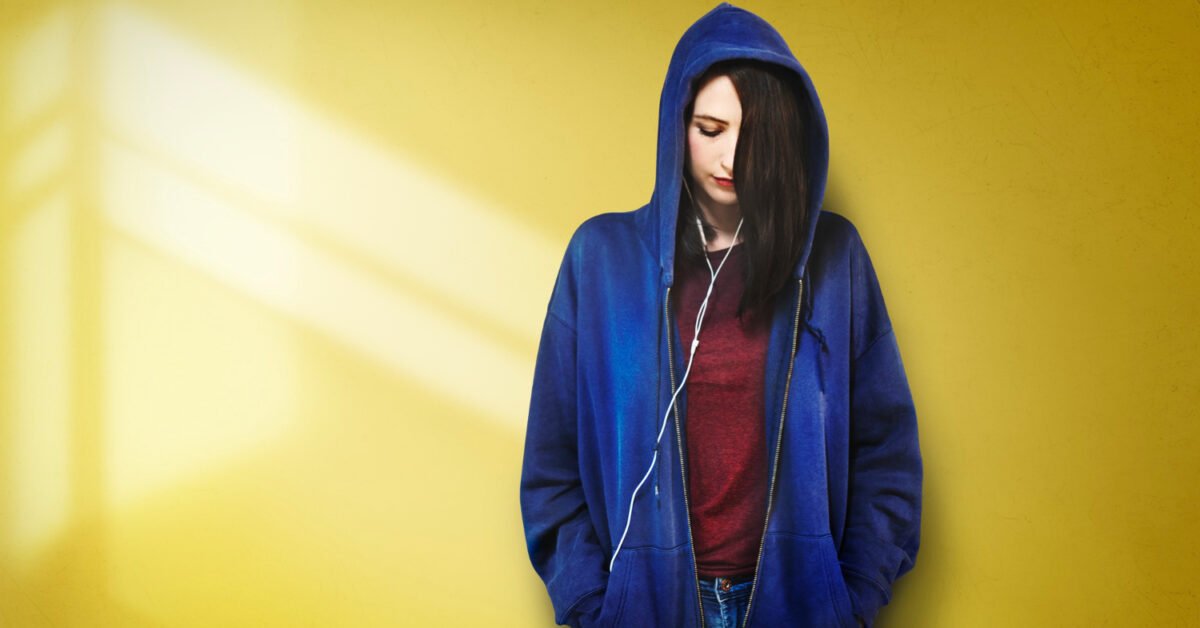Can You Add Name Brand Clothes to a Fashion Editorial?

In the dynamic world of fashion editorial magazines, clothing choices are at the heart of storytelling. Editors, photographers and stylists use garments to craft narratives that evoke emotion and capture the reader’s imagination. But when considering high end, name-brand clothing, the question arises: can you add name brand cloothes to fashion editorial? The answer is multifaceted delving into creative freedom, logistical challenges and potential benefits.
This article explores the nuances of incorporating name-brand clothes into fashion editorials and how to do so effectively. Whether you’re wondering how to start a fashion magazine or looking for tips on writing wardrobe credits in a magazine this guide offers a detailed breakdown.
What Is a Fashion Editorial?
A fashion editorial is a creative and visual narrative that uses clothing as a central element. Unlike commercial shoots that promote products, editorials focus on storytelling, mood and artistry. For example a spread in Vogue might use flowing Dior gowns to depict a dream-like fantasy creating a connection between the reader and the designer’s vision.
Fashion editorials differ from traditional advertising because they are not overtly promotional. Instead, they blend aesthetics, culture and storytelling offering readers a deeper connection to the garments featured.
The Role of Clothes in Editorials
Clothing is the vehicle for expressing the theme, characters and setting of an editorial. The garments chosen can:
- Enhance the visual narrative.
- Reflect a cultural or artistic movement.
- Define the “character” in the editorial story.
Name-brand clothes can lend prestige and recognition to an editorial but they also come with creative and logistical considerations.
The Case for Adding Name Brand Clothes
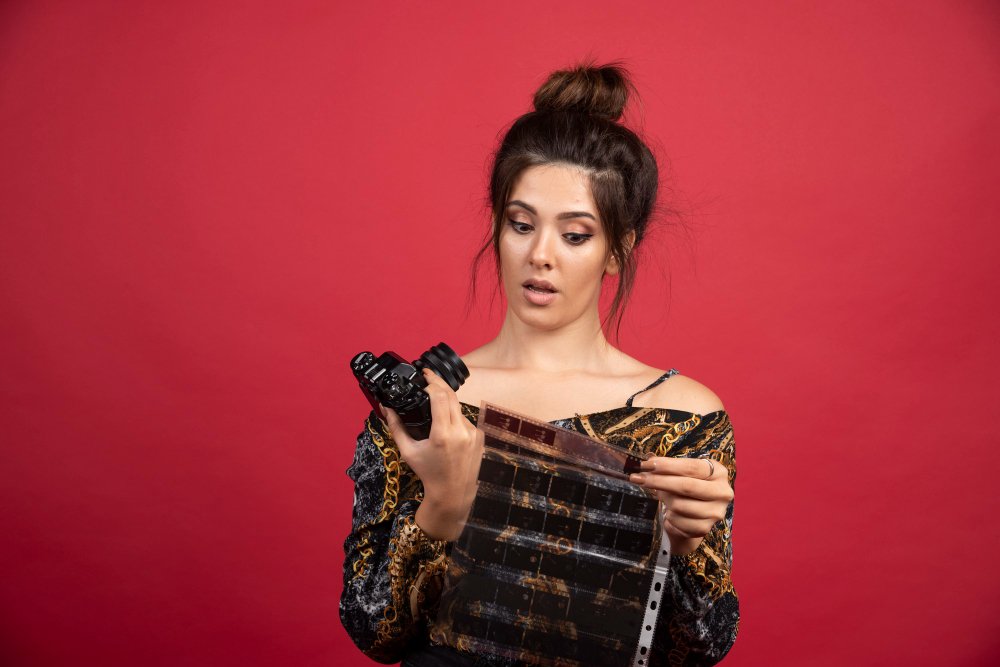
Prestige and Recognition
Name-brand clothing from labels like Gucci, Chanel or Prada instantly elevates the status of an editorial. These brands carry an inherent prestige that attracts attention from readers and industry professionals alike. A Harper’s Bazaar editorial featuring Valentino couture draws in audiences familiar with the label’s legacy of luxury and artistry.
Example: A 2022 editorial in Elle highlighted Balenciaga’s edgy designs to explore themes of futurism and innovation resonating deeply with readers.
High-Quality Craftsmanship
Luxury brands offer unparalleled craftsmanship. Their garments often feature intricate detailing, premium materials and innovative designs that can transform a photoshoot into a masterpiece. Incorporating such pieces enhances the editorial’s aesthetic and aligns it with high-fashion standards.
Synergy Between Brands and Publications
Collaboration between fashion houses and magazines creates opportunities for mutual growth. Editorials showcasing name-brand clothes can:
- Strengthen relationships between brands and publications.
- Generate buzz in both fashion and consumer markets.
For example, Vogue frequently partners with luxury houses like Louis Vuitton for themed spreads that benefit both parties.
The Challenges of Using Name-Brand Clothes
Creative Restrictions
Name brands often have strict guidelines for how their clothing is portrayed. Editorials must:
- Align with the brand’s image.
- Avoid any styling that misrepresents the designer’s vision.
This can limit the creative freedom of the editorial team, potentially clashing with the artistic direction of the shoot.
Budget Constraints
Featuring name brand clothes often comes with a hefty price tag. While some brands may lend pieces for editorial use, others require rental fees or purchases. For smaller publications or those just learning how to start a fashion magazine, this expense can be prohibitive.
Fact Table:
| Brand | Sample Lending Policy | Approximate Costs |
|---|---|---|
| Chanel | Requires pre-approval for editorials | $5,000 – $10,000/rental |
| Prada | Samples available to select partners | $3,000 – $8,000/rental |
| Gucci | Open to large-scale publications | $4,000 – $9,000/rental |
Overcommercialization
Overuse of name-brand clothing can make an editorial feel more like an advertisement than a story. Publications must balance showcasing luxury fashion with maintaining artistic integrity.
How to Seamlessly Incorporate Name-Brand Clothes
Developing a Cohesive Narrative
The key to integrating name-brand clothes is ensuring they align with the editorial’s theme. For example, a shoot inspired by 1920s glamour might incorporate Ralph Lauren’s elegant eveningwear blending seamlessly with the storyline.
Styling Tips
- Mix High and Low: Pair luxury items with lesser-known or independent brands for balance.
- Focus on Accessories: Highlight branded bags, shoes or jewelry for subtle inclusion without overshadowing the story.
- Layer Thoughtfully: Use name-brand garments as statement pieces surrounded by simpler items to avoid overwhelming the theme.
Building Relationships with Brands
Strong relationships with PR agencies and fashion houses can open doors to borrowing name-brand clothes. Key steps include:
- Establishing a professional portfolio of past editorials.
- Networking with brand representatives.
- Creating pitch decks outlining the editorial concept and its alignment with the brand’s ethos.
Alternative Approaches
Spotlighting Independent Designers
While name brands bring prestige independent designers offer unique perspectives and fresh talent. Editorials featuring emerging brands can:
- Showcase innovation.
- Support up and coming talent.
- Differentiate the publication from mainstream competitors.
Custom and Sustainable Options
Creating custom pieces or incorporating sustainable fashion is another alternative. These approaches emphasize creativity and align with growing consumer demand for environmentally conscious fashion.
Case Study: Paper Magazine collaborated with sustainable designer Stella McCartney for a 2021 shoot, earning praise for its eco-friendly focus and fresh storytelling.
Writing Wardrobe Credits in a Magazine
Properly crediting wardrobe pieces is crucial in fashion editorial magazines. To write effective wardrobe credits:
- Include the brand’s name, followed by the specific item description (e.g., “Dress by Dior, Earrings by Cartier”).
- List items in the order they appear in the spread.
- Acknowledge borrowed pieces with “Courtesy of [Brand Name].”
This ensures transparency and strengthens relationships with the brands featured.
Conclusion
Adding name brand clothes to a fashion editorial can elevate its prestige enhance storytelling and forge valuable industry connections. However, it’s essential to navigate creative restrictions, budget challenges and the risk of over commercialization. By blending high-end fashion with innovative storytelling editors can craft compelling narratives that captivate audiences.
For those considering how to start a fashion magazine understanding the role of name-brand clothing in editorials is vital. Striking a balance between luxury, artistry and authenticity ensures your publication stands out in the competitive world of fashion editorial magazines.
